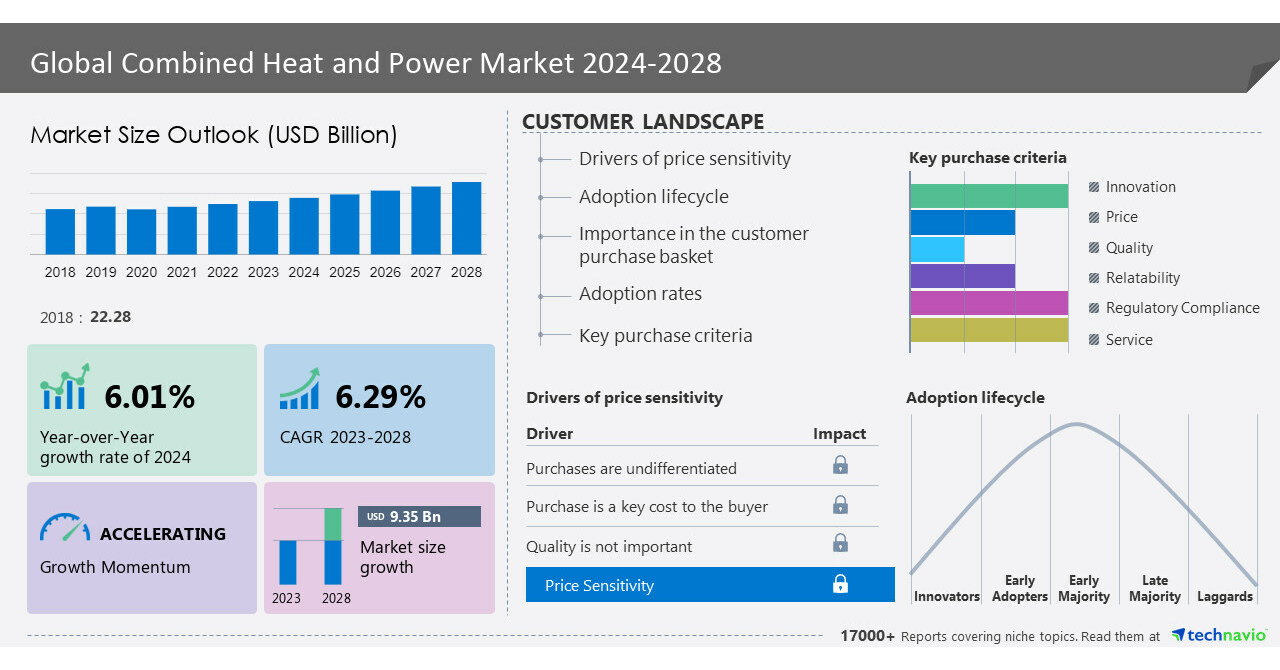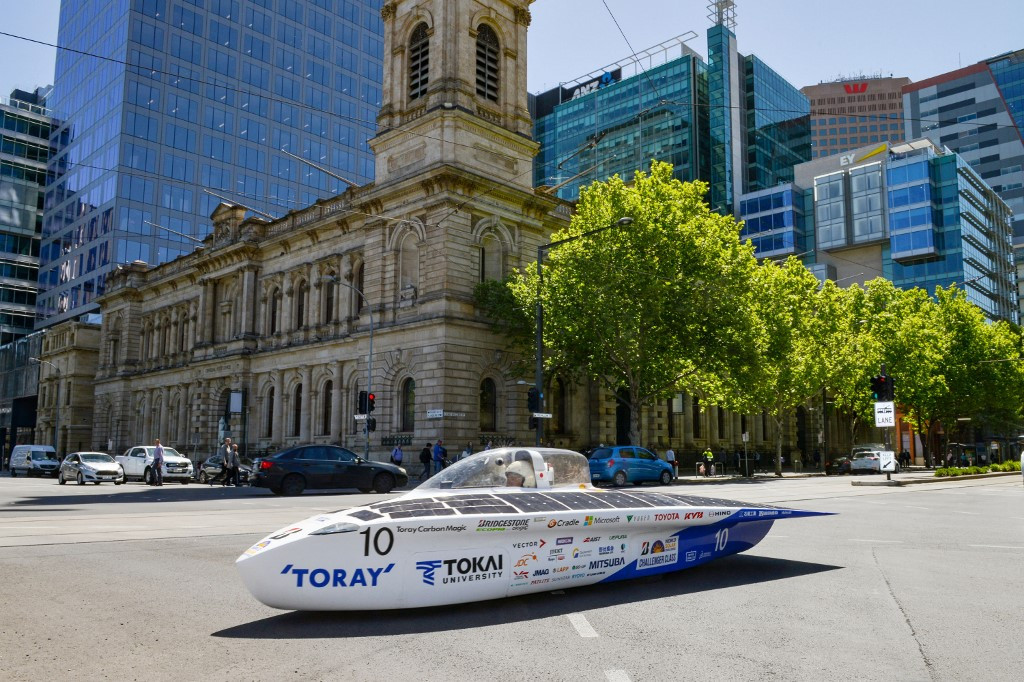In a groundbreaking move, First Solar, Inc. (Nasdaq: FSLR) has released a comprehensive economic analysis, marking a significant milestone in analyzing the impact of vertically integrated solar manufacturing in the United States. The study, conducted by the Kathleen Babineaux Blanco Public Policy Center at the University of Louisiana at Lafayette, focused on First Solar’s value chain, utilizing IMPLAN economic software.
Economic Impact in 2023
The study revealed that in 2023, First Solar supported approximately 16,245 direct, indirect, and induced jobs across the nation. This support translated into $1.59 billion in annual labor income. With over 6 GW of annual nameplate capacity, the company added $2.75 billion in value and $5.32 billion in output to the US economy.
Projections for 2026
Looking ahead to 2026, the study forecasts that with 14 GW of operational nameplate capacity, First Solar is expected to directly employ 4,100 people, supporting an estimated 30,060 jobs across the country. Anticipated economic contributions include adding $4.99 billion in value and $10.18 billion in output.
Unique Aspects of First Solar
First Solar’s fully vertically integrated solar manufacturing facilities and thin film photovoltaic (PV) solar panels distinguish it. The company’s process transforms a sheet of glass into a functional solar panel in approximately four hours. Additionally, First Solar relies on an American value chain for raw materials, including glass and steel.
CEO Mark Widmar’s Perspective
Mark Widmar, CEO of First Solar, emphasized the report’s significance, stating, “This report reflects the real value of solar technology made in America for America.” He highlighted the company’s contribution to the US economy through investments, catalyzed by the Inflation Reduction Act, benefiting various communities.
Future Investments and Initiatives
First Solar is set to expand its Ohio footprint to over 7 GW in 2024. Furthermore, it plans to invest over $2 billion in new manufacturing facilities in Alabama and Louisiana, operational in 2024 and 2026. The company is also allocating up to $450 million for a research and development infrastructure in Perrysburg, Ohio, expected to be operational in 2024.
Source:http://www.businesswire.com





